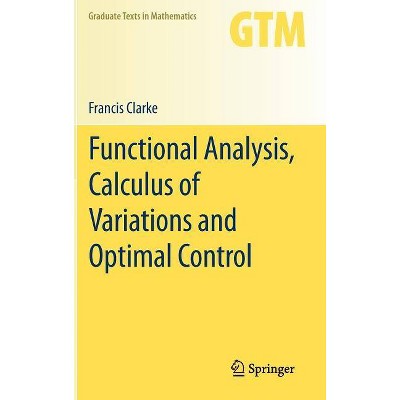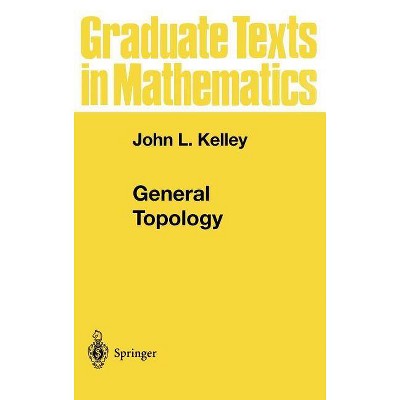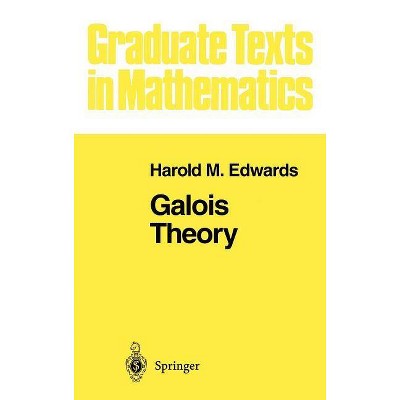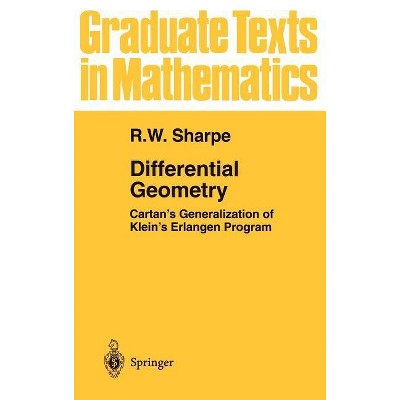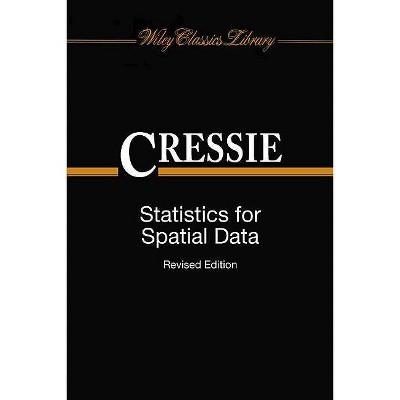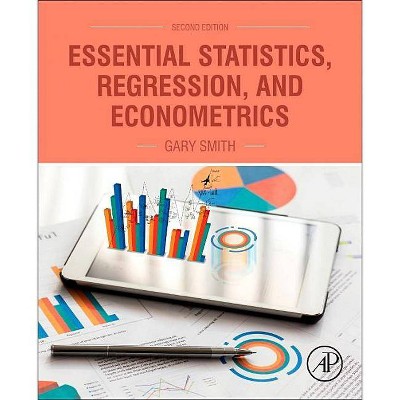Calculus Without Derivatives - (Graduate Texts in Mathematics) by Jean-Paul Penot (Hardcover)
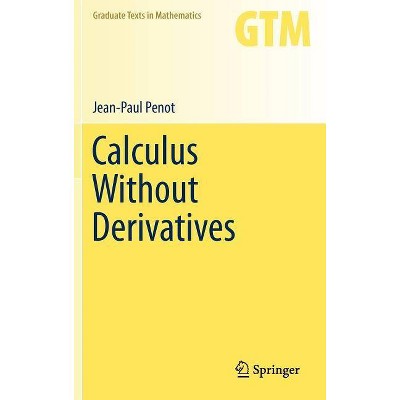
Similar Products
Products of same category from the store
AllProduct info
<p/><br></br><p><b> About the Book </b></p></br></br>Here is a wide-ranging introduction to the foundations of nonsmooth analysis, a powerful compound of mathematical tools that obviates the usual smoothness assumptions. Covers recent progress and methods of implementation, especially in optimization problems.<p/><br></br><p><b> From the Back Cover </b></p></br></br><p><i>Calculus Without Derivatives</i> expounds the foundations and recent advances in nonsmooth analysis, a powerful compound of mathematical tools that obviates the usual smoothness assumptions. This textbook also provides significant tools and methods towards applications, in particular optimization problems. Whereas most books on this subject focus on a particular theory, this text takes a general approach including all main theories. </p><p>In order to be self-contained, the book includes three chapters of preliminary material, each of which can be used as an independent course if needed. The first chapter deals with metric properties, variational principles, decrease principles, methods of error bounds, calmness and metric regularity. The second one presents the classical tools of differential calculus and includes a section about the calculus of variations. The third contains a clear exposition of convex analysis.</p><p/><br></br><p><b> Review Quotes </b></p></br></br><br><p>"The book collects three different branches of analysis: differential calculus, convex analysis, and nonsmooth analysis. ... What makes Penot's work stand out is his path through the material and the clean and scholarly presentation. It is well suited for individual study or a classroom ... . As preparation for the rough road ahead of us in the coming decades, it might be worth the investment." (Russell Luke, SIAM Review, Vol. 57 (2), June, 2015)</p><p>"This very good book is an treatise on approximate calculus and justifies the author's claim that the rules of this calculus are as important and useful as those for exact calculus. ... The book is notable not only for its exposition but also for the notes at the end of each chapter explaining the historical and other relevant backgrounds of the material. There are many exercises throughout the book." (Peter S. Bullen, Zentralblatt MATH, Vol. 1264, 2013)</p>"By collecting together a lot of results in nonsmooth analysis and presenting them in a coherent and accessible way, the author rendered a great service to the mathematical community. The book can be considered as an incentive for newcomers to enter this area of research ... . The specialists will find also a lot of systematized information, and ... the first three chapters can be used for independent graduate courses." (S. Cobzaş, Studia Universitatis Babes-Bolyai, Mathematica, Vol. 58 (1), 2013)<br><p/><br></br><p><b> About the Author </b></p></br></br>Jean-Paul Penot is an Emeritus Professor at Université Paris 6. He has taught in Paris, Pau and Canada.
Price History
Price Archive shows prices from various stores, lets you see history and find the cheapest. There is no actual sale on the website. For all support, inquiry and suggestion messagescommunication@pricearchive.us
